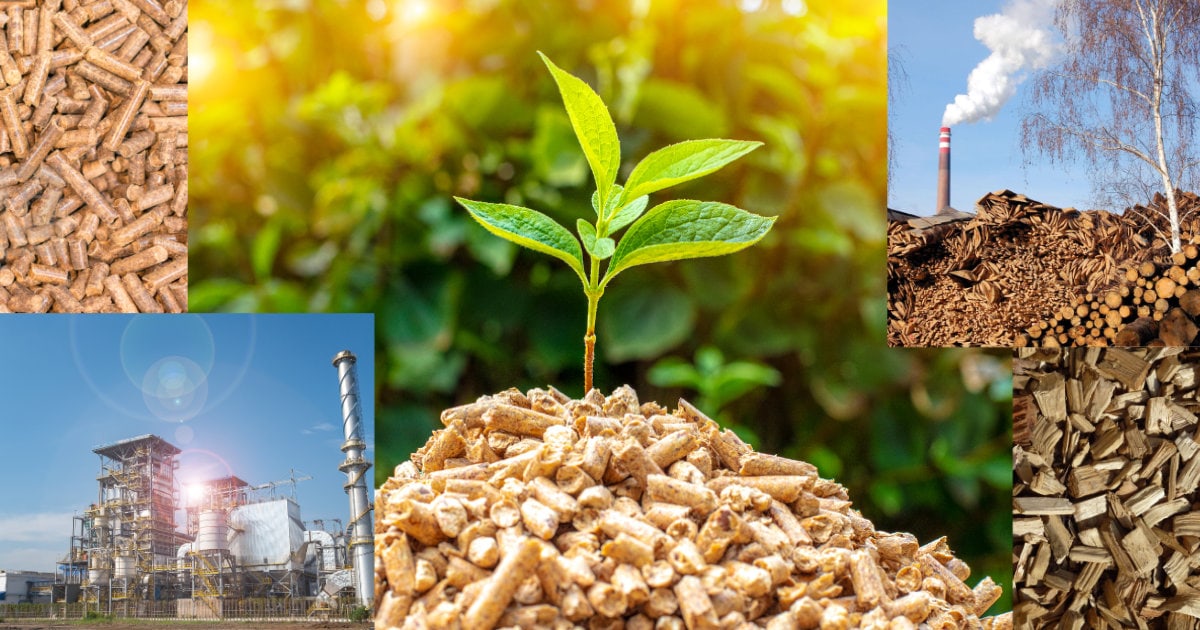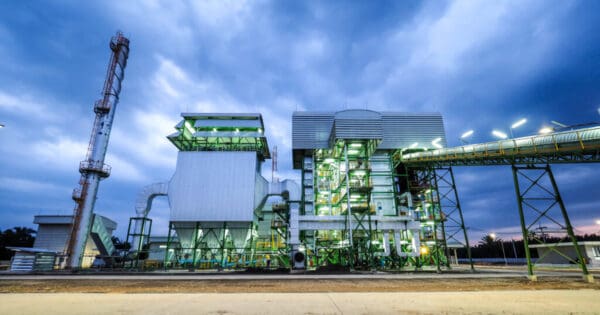Biomass power is a key renewable energy source as we transition away from fossil fuels. It is derived from sustainable organic materials and contributes significantly to our future by helping fight climate change. This guide is designed to simplify the concept of biomass power and highlight its sustainable energy potential.
Table of Contents
Understanding Biomass Power
Definition and Principles of Biomass Power
Biomass power is a type of renewable energy generated from organic material—biomass—that comes from plants and animals. These materials contain stored energy from the sun, captured through photosynthesis. When biomass is burned, this stored energy is released as heat. If used in a power plant, the heat can produce steam to drive a turbine, thereby generating electricity. Alternatively, biomass can be converted into other usable forms of energy like methane gas or transportation fuels like ethanol and biodiesel.
Types of Biomass

There is a wide variety of biomass types that can be used to generate power. Wood is the largest biomass energy resource today, coming from various sources such as forest residues (branches, dead trees, and stumps), wood chips, and even municipal solid waste. Energy crops, like corn and switchgrass, are also frequently used, especially in developed countries. Agricultural residues like straw and corn husks provide another source of biomass, as does animal manure. Industrial and municipal waste streams can also be used to produce power from biomass.
The type of biomass used can significantly affect power generation efficiency and sustainability. For example, using waste materials can help manage these wastes while providing energy. However, the energy content of waste can vary widely, affecting the efficiency of power generation.
The Process of Converting Biomass into Power
Overview of Conversion Processes
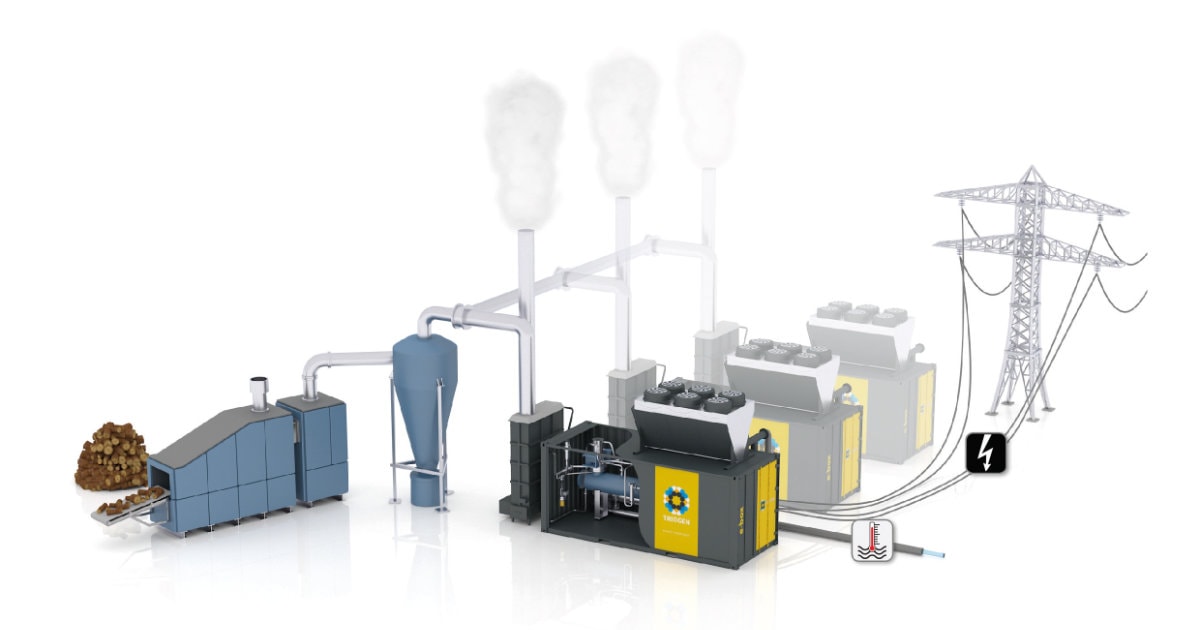
There are several ways to convert biomass into power. The most common is direct combustion: burning biomass to generate heat, which is used to produce steam, driving a turbine connected to a generator. This method is typically used in power and heat plants.
A more complex process is gasification, where biomass is heated in an environment with limited oxygen, breaking it down into a synthetic gas or ‘syngas’. This gas can be used directly for power generation, or it can serve as a base for producing biofuels.
Another conversion process, anaerobic digestion, is commonly used with manure and other waste materials. In this process, bacteria break down the biomass in an oxygen-free environment, producing biogas, which can then be used for heat and power.
Biomass Power Plants
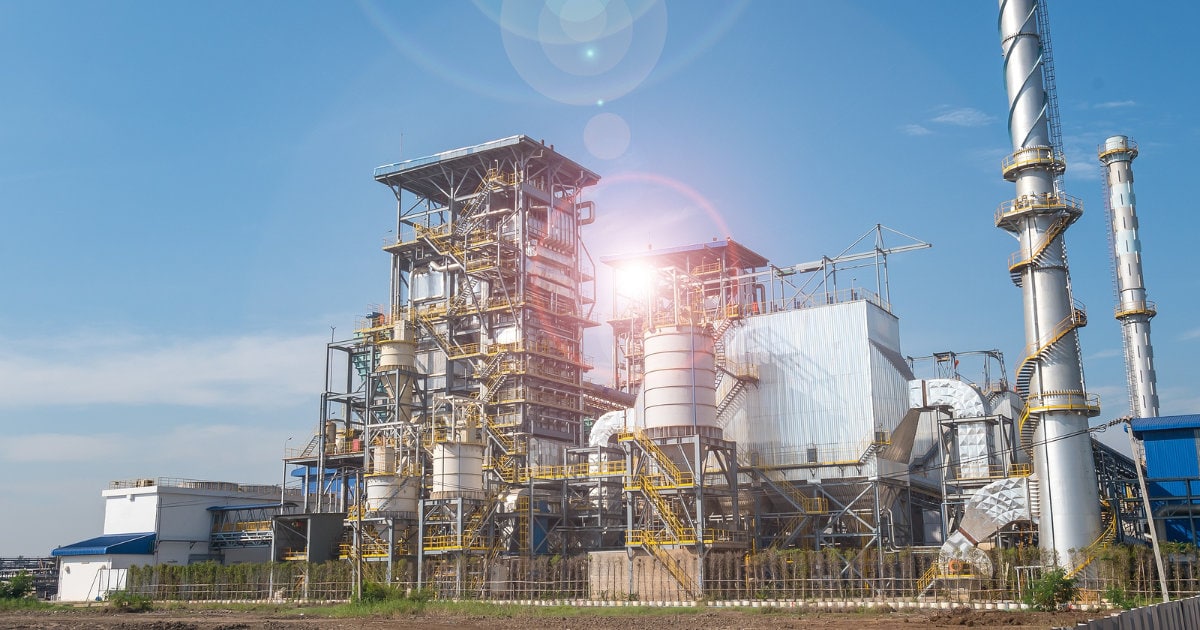
A biomass power plant’s structure and operation are quite similar to a conventional power plant. It starts with a fuel handling and storage system where the biomass is received, stored, and then sent to the boiler at a steady rate. In the boiler, the biomass is burned, producing heat to convert water into steam.
The steam, under high pressure, is directed towards a steam turbine. The kinetic energy of the steam spins the turbine, which is connected to a generator. The generator then converts this mechanical energy into electricity.
A key component in any biomass power plant is the emission control system. Although biomass power can be carbon-neutral, the combustion process does release pollutants, such as particulates, that must be controlled to minimize environmental impact.
Pros and Cons of Biomass Power
Advantages of Biomass Power

Biomass power offers several compelling advantages. Firstly, it is renewable. Biomass materials are abundant and rapidly replenished, unlike fossil fuels. Furthermore, if sourced sustainably, biomass power can be carbon-neutral or even carbon-negative, meaning it can help reduce greenhouse gas emissions.
Secondly, biomass power can help manage waste. Using municipal solid waste or agricultural residues for power generation provides a productive use for these materials and can reduce the need for landfill space.
Thirdly, biomass power can support local economies. It often relies on local resources, thus keeping jobs and money within local communities.
Challenges and Environmental Impacts

Despite its benefits, biomass power has several potential drawbacks. Firstly, sourcing biomass can lead to land use changes and biodiversity loss if not managed sustainably. For example, growing energy crops might compete with food production or natural habitats.
Additionally, biomass power can have air quality impacts. While modern biomass power plants can control emissions effectively, older or less well-managed facilities can emit significant amounts of particulates and other pollutants.
Finally, there is the challenge of supply. Biomass resources can be variable in quality and availability, which can affect the efficiency and reliability of biomass power.
Efficiency and Economics of Biomass Power
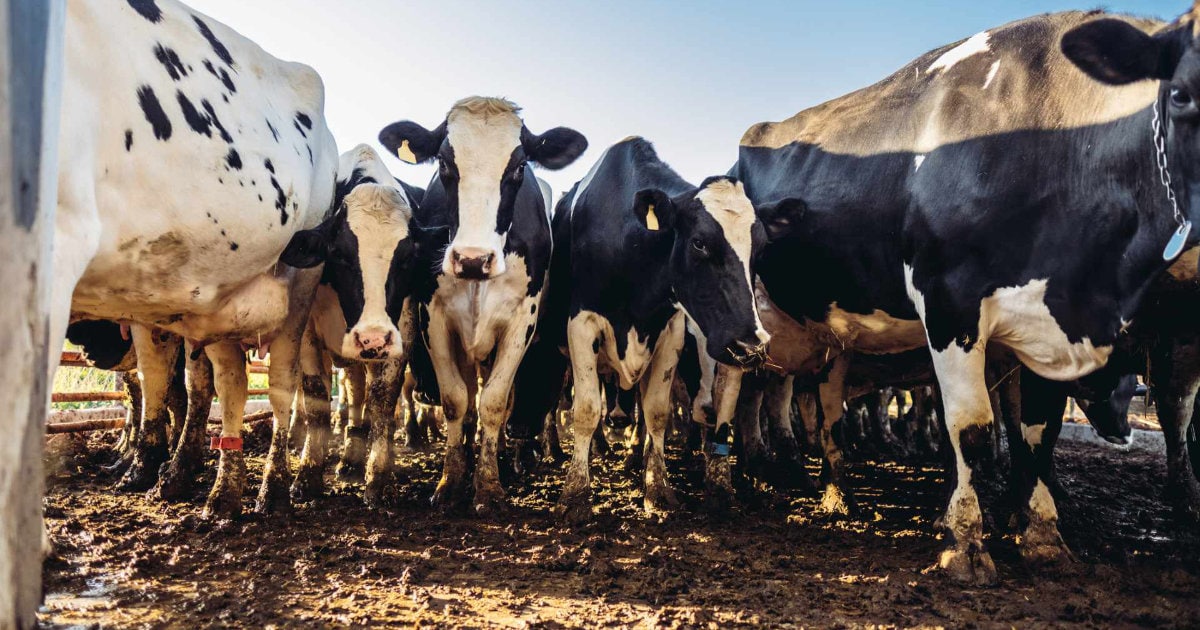
The efficiency of biomass power plants can be lower than fossil fuel power plants, with typical efficiencies ranging from 20% to 25% for direct combustion plants. However, when biomass is used in combined heat and power (CHP) applications, where the waste heat from power generation is used for heating, efficiencies can be much higher, reaching up to 80%.
Economically, the feasibility of biomass power hinges on several factors, including the cost of the biomass feedstock, the capital and operational costs of the power plant, and the price that the generated power can fetch on the market. Policymakers can significantly influence these economics through incentives, such as tax credits for renewable energy, or regulations, like renewable portfolio standards.
Policies and Regulations
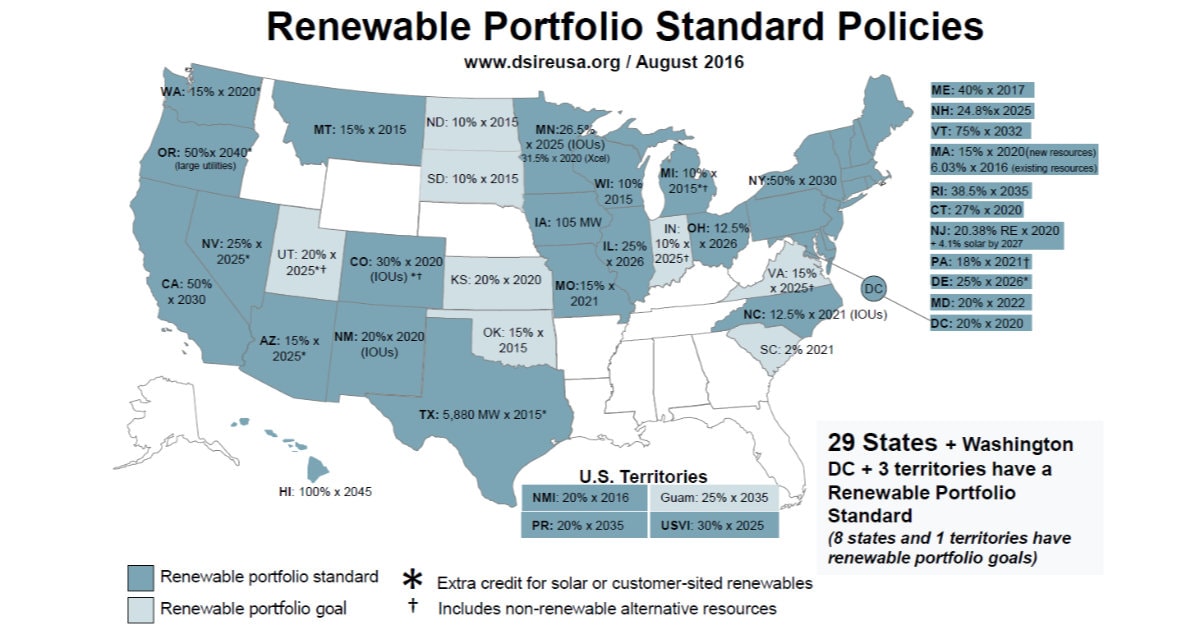
Indeed, policies and regulations play a critical role in the development and use of biomass power. Renewable Portfolio Standards, for example, mandate that a certain portion of a region’s power must come from renewable sources, potentially creating a market for biomass power.
Additionally, various incentives, such as feed-in tariffs or green certificates, can make biomass power more economically attractive. Emission regulations, too, play a significant role. If carbon pricing is in place, for instance, it can make biomass power more competitive relative to fossil fuel power.
Biomass Power in Practice
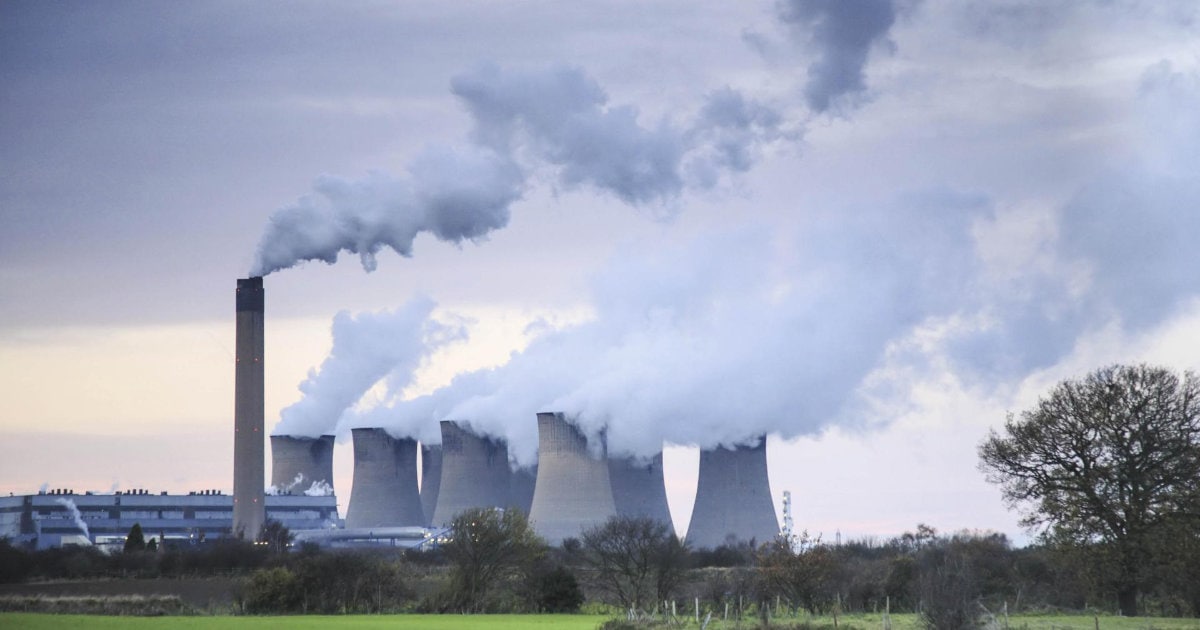
There are many successful examples of biomass power plants globally. One notable example is the Drax Power Station in the UK, which has converted several of its units from coal to biomass, using wood pellets sourced sustainably from several countries.
In Sweden, biomass power is widely used in combined heat and power plants, taking advantage of the country’s abundant forest resources and sophisticated district heating networks.
In the United States, agricultural residues are often used for biomass power, especially in Midwestern states with extensive corn production. Here, corn stover—the leaves and stalks left after harvest—provides a significant source of biomass.
These case studies illustrate that biomass power can be a viable part of the energy mix in a wide range of contexts.
The Future of Biomass Power

Looking forward, several trends might affect the future of biomass power. On the technology front, advances in conversion processes could make biomass power more efficient and versatile. For example, new gasification techniques could allow for cleaner, more efficient power generation from a wider range of biomass materials.
On the policy front, increasing focus on climate change and renewable energy could further incentivize biomass power. However, there will likely also be increased scrutiny on the sustainability of biomass sourcing and the lifecycle emissions of biomass power.
Finally, on the economic front, changes in the cost of biomass feedstock or competing power generation technologies could affect the feasibility of biomass power. A rise in carbon pricing, for instance, could make biomass power more attractive, while a drop in the cost of solar or wind power could make it less so.
Biomass Power Essential To Our Renewable Energy Toolkit
Biomass power, as a renewable and potentially carbon-neutral energy source, plays a critical role in our efforts to combat climate change. While it is not without its challenges, such as ensuring sustainable biomass sourcing and controlling emissions, ongoing technological advances and policy developments provide a positive outlook for this versatile energy source. As we navigate the energy transition, biomass power will undoubtedly remain an essential part of our renewable energy toolkit.
Frequently Asked Questions About Biomass Power
Biomass power is a type of renewable energy that is generated from organic materials, known as biomass. These materials contain energy from the sun that was stored during the process of photosynthesis. When biomass is burned or otherwise converted, this stored energy is released and can be used to generate electricity or other forms of energy.
Biomass power offers several advantages. It is renewable, meaning it relies on resources that are rapidly replenished. It can also be carbon-neutral or even carbon-negative, helping to reduce greenhouse gas emissions. Additionally, biomass power can help manage waste, provide a use for agricultural byproducts, and support local economies.
While there are many benefits to biomass power, there are also some challenges. These include potential impacts on land use and biodiversity if biomass resources are not managed sustainably. Biomass power can also have impacts on air quality, particularly if emissions are not properly controlled. Finally, the variability in biomass supply and quality can affect the efficiency and reliability of biomass power.
The future of biomass power looks promising, with ongoing technological advances potentially improving the efficiency and versatility of biomass power. Policy developments, particularly those focusing on climate change and renewable energy, could further incentivize biomass power. However, increased scrutiny on the sustainability of biomass sourcing and the lifecycle emissions of biomass power is expected.
Biomass Power In The News
Biomass Conversion Processes: An Exploration Of The Technology
Enviva Initiates Construction on New Epes Biomass Plant, Alabama
Prairie Clean Energy Secures $1.1M For Flax Straw Pellet Biomass Project
Types of Biomass: A Detailed Look
Drax Teams Up with C-Zero for Revolutionary Carbon Capture Solution
Sources
Biomass Power Association: Website
DOE Bioenergy Technologies Office: Website
Library Of Congress: Website
National Renewable Energy Laboratory: Website
U.S. Energy Information Administration: Website
